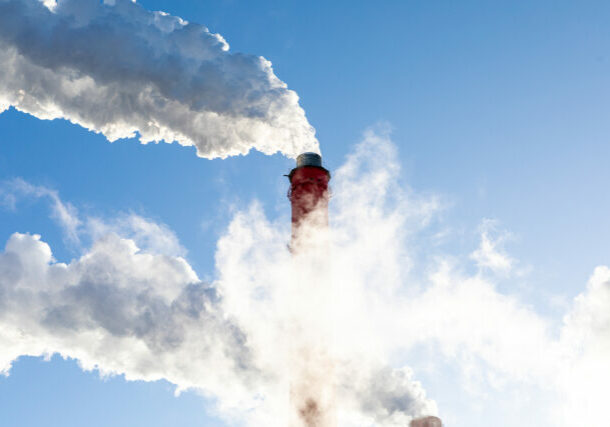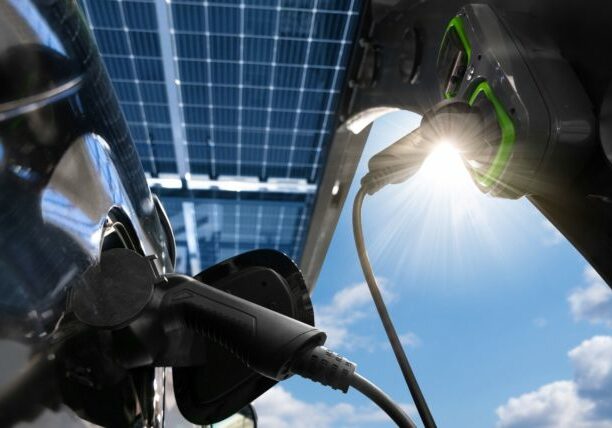April 20, 2011
The Weakest Link in the Nuclear Chain
By Lewis Milford
“A chain is no stronger than its weakest link, and life is after all a chain.” ~William James
The reason the damaged nuclear plants in Japan could not retain power to cool the reactors or the spent fuel rods in holding tanks after the tsunami in March was because the backup power systems failed. First, the diesel generators became useless in the flooding waters, and then the batteries ran out of charge in about eight hours. Powerless, the plant became a radioactive holding tank emitting radiation into the atmosphere.
Now, the power company is reported to have restored electric power to the plants. But, the fate of the core and the spent rods is still in doubt. Explosions and fires and massive radiation releases still seem possible. The threat to public safety and the surrounding environment remains high.
This chain of improbable—defenders of nuclear say unpredictable and near impossible—events, demonstrates a simple fact about our power systems. The most sophisticated facilities rely on the most unsophisticated protections. The difference between safety and catastrophe often lies in small and unpredictable failures.
As the New York Times noted,
The threats considered most serious by nuclear engineers are problems that lead to a loss of power. Lack of power to run cooling systems for the reactor core and for spent-fuel ponds led to the explosions and release of radiation at the Fukushima Daiichi nuclear complex in Japan.
American nuclear facilities have backup power systems and backups to those. All plants are required to have batteries to provide power in the event of a loss of power and failure of backup generators. In the United States 93 of the 104 operating reactors have batteries, capable of providing power for four hours; the other 11 have eight-hour batteries. Fukushima had eight-hour batteries. It wasn’t enough.
At the end of the day, very old technologies—diesel generators and batteries—are what stand between a functioning nuclear plant and a Chernobyl or a Fukushima Daiichi disaster. This simple fact has been touched on in the press coverage of this horrendous story. But the stark reality of this gap between old technologies serving as the lifeline to support nuclear power never gets enough attention.
All U.S. power plants, regardless of design, rely chiefly on the same form of back-up power that brought down the nuclear plants in Japan. Backup power was flooded and failed in Japan. This is precisely the kind of power failure we saw with Hurricane Katrina, which was also and ultimately a story of a power failure that caused untold consequences. In New Orleans, diesel generators, often located in basements of buildings, were flooded and did not work. Across the city, businesses and communications systems failed. The power system collapsed, and then civil order collapsed.
The same thing happened in the New York City blackout of 1999, about which I wrote an op-ed published in the New York Times. The generators were not flooded, but they still failed to do their job and keep the power on for critical public facilities, including hospitals, laboratories, and police stations.
Again and again, natural and other disasters bring down power systems by overwhelming the weakest link in the power system chain.
But time and again, nothing changes to fix the system. Alternative technologies like fuel cells, or flywheels, or advanced batteries are rarely considered to replace (or even supplement) the failed diesel generators. Instead, more diesel generators replace failed diesel generators.
It is a form of electricity madness to continue to rely on machines that repeatedly fail to do the safety job that the public expects them to perform. Is it expecting too much for us to learn from these mistakes and look to new technologies to save us from preventable but enormous harm?














